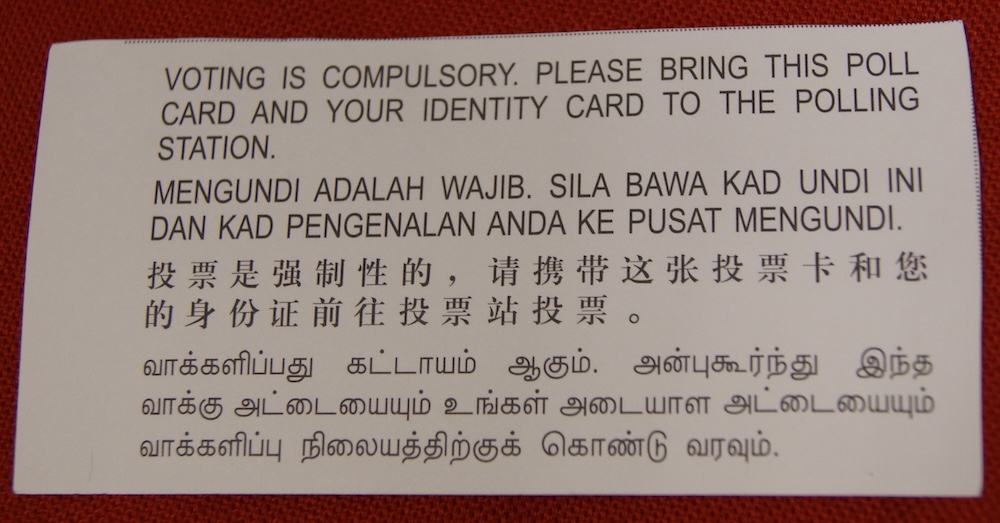Asterisk the Gaul
A learned friend recently sent me a draft composition on medieval Chinese history in which he referred to "*" as an "asterix". This reminded me that ten years ago I wrote a post, "The many pronunciations of '*'" (12/17/15), on this subject and we had a lengthy, vigorous discussion about it.
Given that lately we've been talking a lot about Celts, Galatians, and so on, I think it is appropriate to write another post on Asterix the Gaul, that famous French comic book character, and how he got his name. Also inspired / prompted by Chris Button's latest comment.
I often hear "*" pronounced "asterix" or "asterick", and so on (e.g., "astrisk" [two syllables], esp. in rapid speech). It's hard even for me to pronounce "*" or type the symbol those ways, so ingrained is the pronunciation "as-ter-isk".
Read the rest of this entry »
